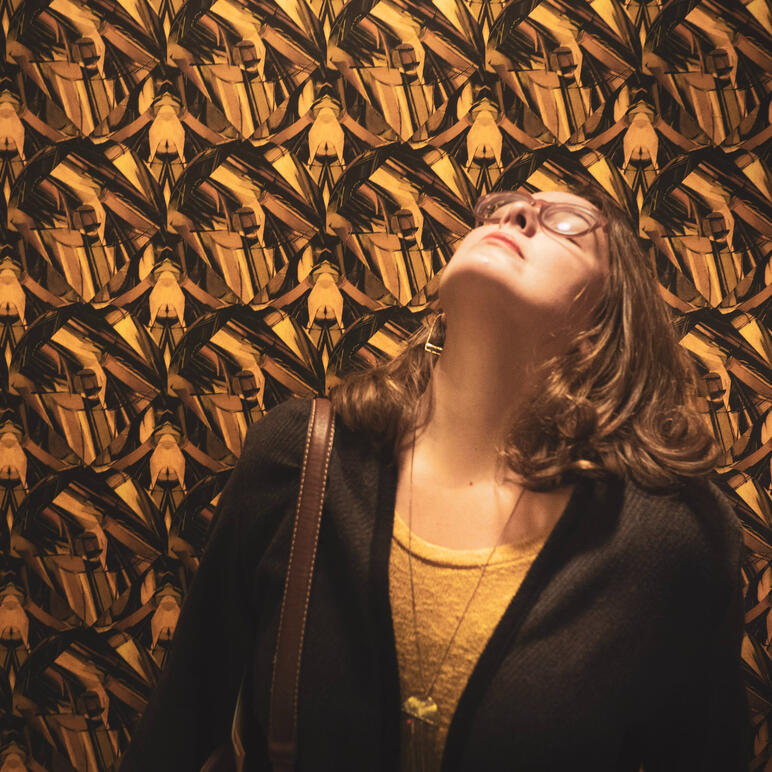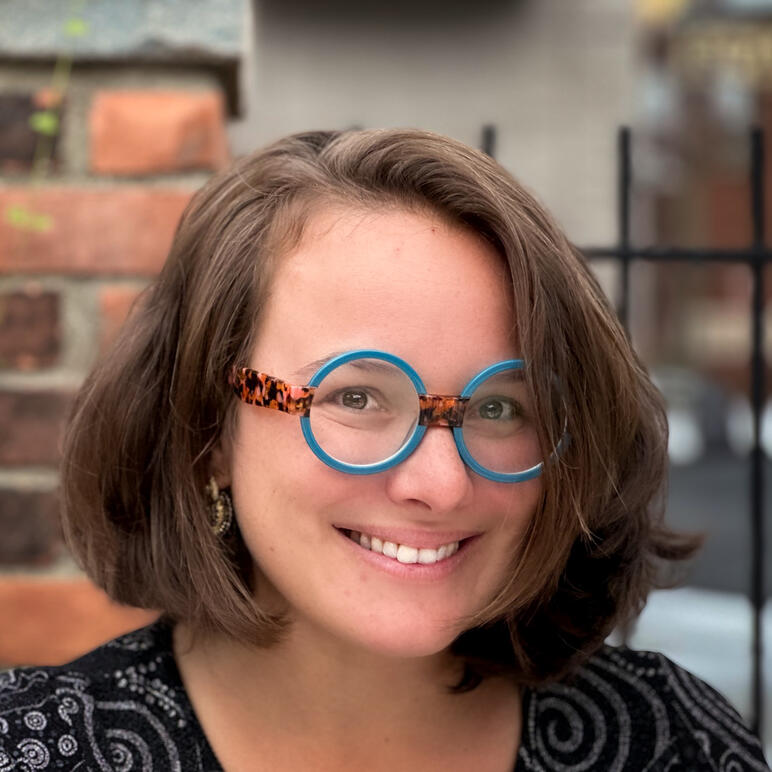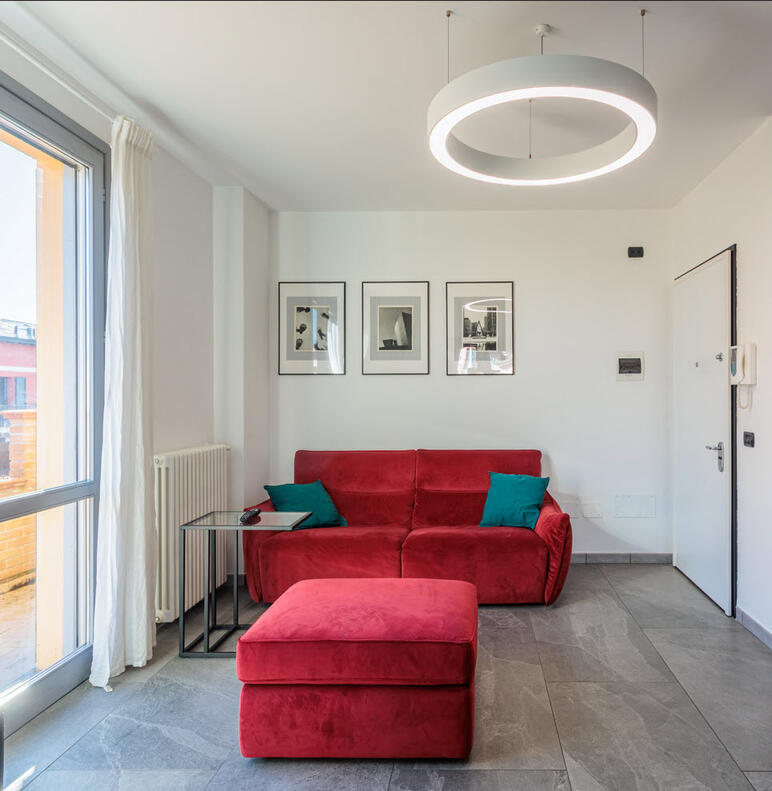
TOUCHABLE WELLNESS
Design to make you feel at home.
Metro Detroit
About us


Fra Cattabiani Design provides interior design and renovation solutions through the concepts of Healing Architecture and Feng Shui.
Our mission is tailoring the space around you to create a supportive and safe space where you can be yourself and grow ideas.The founder, Francesca Cattabiani, achieved her Master Degree in Architecture in Ferrara, Italy. Her experience expanded in Mexico, Italy and USA, where she worked in residential and commercial projects, new constructions and restoration of historical buildings.
Her mission is to help you step by step to clirify your needs and translate them into a supportive design for your changing life.
Services

Full Design Service
What to expect:- First meeting on site: to learn about the space and the people.- Design Process: a few proposals and reviews, starting from the concept towards the final design.- Mise en place: translation of the project into reality, permits, construction work and picture day.- Compass Guide: a review of the project, with some advice for the future to keep the space consistent.
Services

One meeting Consulence
What to expect:-One meeting, in person or on-line, to discuss a general or specific topic that you need to solve in your home. We can work with your house layout, furniture and decorations, or we can suggest some new pieces, to achieve your goals.Mini Compass guide: a summary of the meeting, with some steps of intervention to work on your space.
Chat with us!
Tell us about your project, scope, size and location!
Schedule a free call with us:

The project is a two-story apartment. The first floor features an open-plan layout, encompassing the entrance, kitchen, living room, access to the stairs, a bedroom, and a bathroom. The second floor includes a bedroom, a windowless storage room, and a bathroom.The client, L., is a young professional purchasing his first home. Living alone, he seeks a space that supports his social life while giving him the freedom to embrace this new chapter in his life.To meet these goals, we opened up the space on the first floor, allocating more room to the living and dining areas. A brick veneer wall was introduced to visually connect the two levels. The selected materials and color palette create a distinct ambiance for each floor: the first level features bold tones of black, dark grey, and red, while the upper floor softens with warmer hues of brown, white, and blue.
The house is a one-hundred-year-old, two-story building with an addition on the lower floor built during the 90s. The previous owner wanted to avoid selling the house to a company that would have torn it down and rebuilt it because their desire was to find someone who would appreciate and take care of it.That was the spirit a couple expecting their first child had when they bought the house. They wanted to make the space ready to welcome their growing family, ready to fit family and friends, a big Christmas tree, and lots of adventures.The plan of the first floor was labyrinthine, as the addition communicated only with the kitchen through a hallway. The addition was a very big and dark room compared with all the other rooms, as it had only one window facing north. The position of the doors between the entrance, the dining room, and the kitchen made it difficult to place furniture. The kitchen had a fake ceiling with strong lighting only in the center of the room, which made the space feel smaller and not bright enough to work in.The proposal considered how to make the energy flow better from the entrance through the first floor, opening the space and rebalancing the light. The beams and walls and the changes in the flooring suggest three different spaces: the first living room, close to the front window, a space to share with guests and to connect with the world outside; a central dining room, close to the kitchen, as the heart of the house; and a big, cozy family room, where to play music and spend time facing the backyard. The family room can be closed with a double barn door, not visible from the entrance, that gives privacy to guests.The kitchen and the dining area are divided by a bar that keeps the communication between the two areas.















